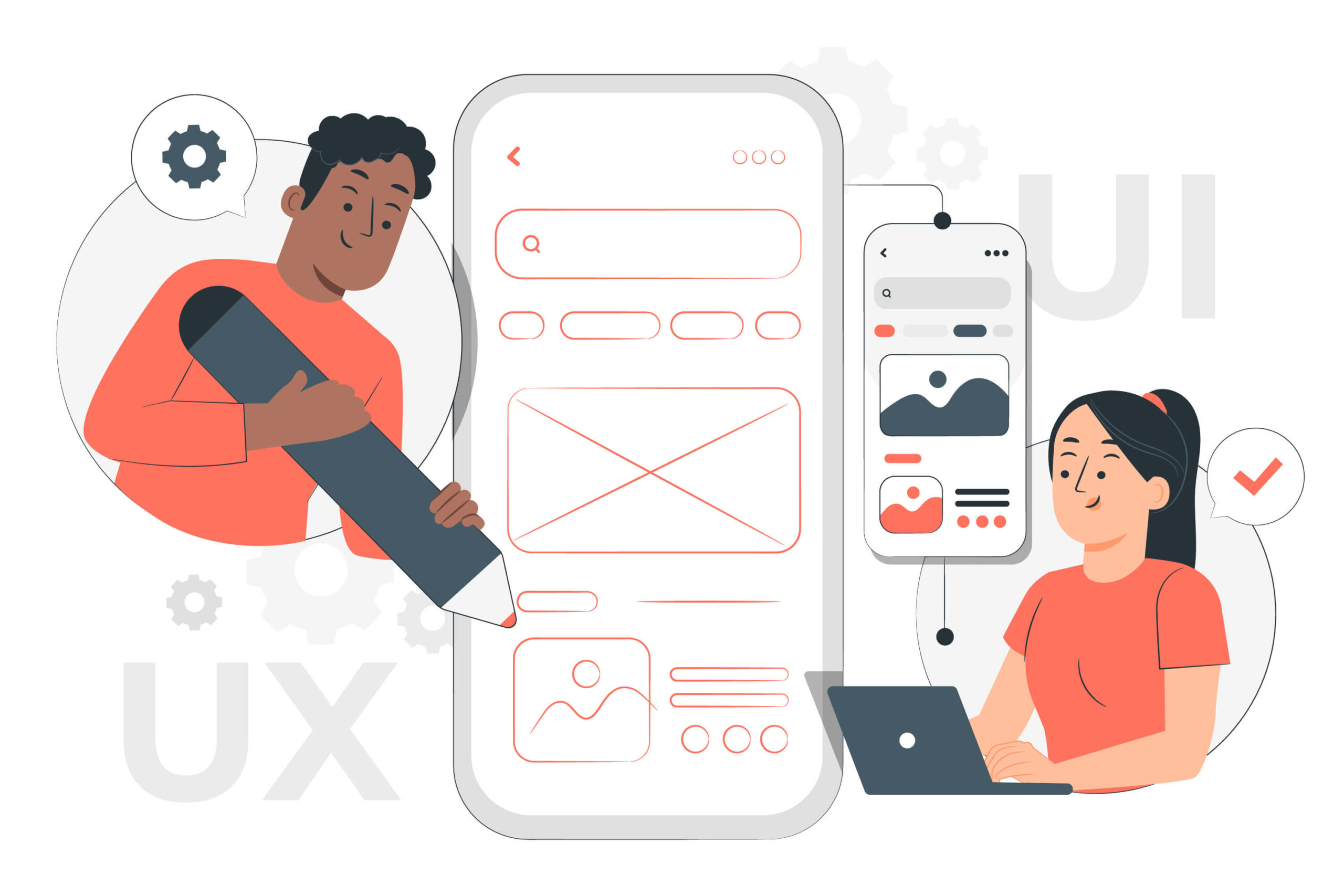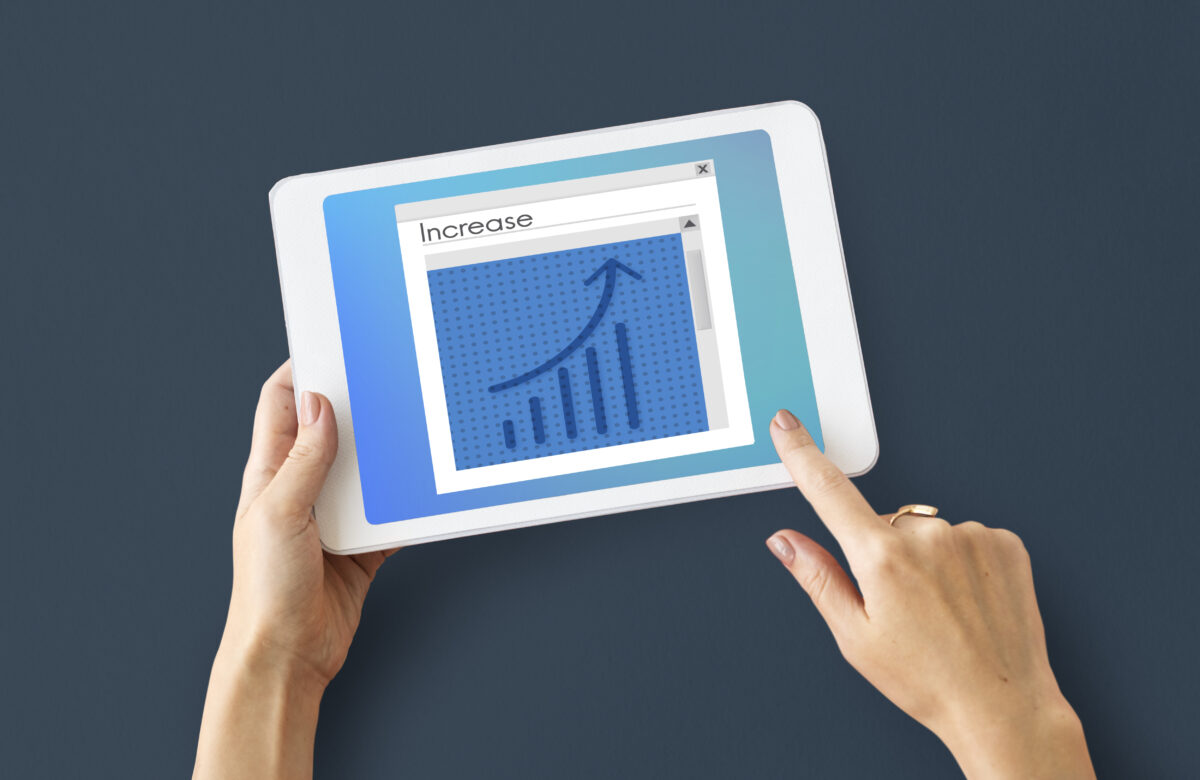
Design is the silent ambassador of your brand.
Paul Rand
A great product or service is just the beginning. In today’s digital-first economy, your website or app must be more than visually appealing; it must perform with precision. That means delivering a seamless, intuitive, and efficient user experience (UX) backed by a strategic user interface (UI) that enhances usability, accessibility, and conversion.
At its core, UX design focuses on how users interact with your platform — from information architecture (IA) to user journey mapping, task flow efficiency, and interactive feedback. It ensures that every element supports the user’s goals with minimal friction. UI design, on the other hand, deals with the visual and interactive touchpoints — including typography, color hierarchy, spacing, responsiveness, and component consistency — all tailored to guide behavior and maintain brand coherence across devices.
Ignoring UX/UI fundamentals often results in high bounce rates, abandoned carts, and lost conversions. Issues like delayed Time to Interactive (TTI), poor mobile usability, low contrast ratios, or non-intuitive navigation not only frustrate users but also harm your search engine rankings. Google’s Core Web Vitals now directly reward well-optimized experiences by prioritizing speed, interactivity, and layout stability.
In contrast, a well-structured digital interface built with wireframes, prototyping tools (like Figma or Adobe XD), usability testing, and front-end frameworks like React or TailwindCSS, ensures your product meets both user expectations and technical performance benchmarks. Optimized UX/UI improves task completion rates, session duration, and ultimately, conversion rates — whether the goal is signups, purchases, or lead generation.
In short, great UX/UI isn’t just about design — it’s a strategic investment in growth, retention, and ROI. When your interface anticipates user needs and reduces friction, you create a competitive advantage that drives real business results.

How UX/UI Affects Conversions
Good design isn’t just about aesthetics. It’s about usability, functionality, and user psychology. Here’s how UX/UI can make or break your conversion rates.
The Key UX/UI Elements That Drive Conversions
- Intuitive Navigation
- Mobile Optimization
- Clear CTAs
- Fast Load Speed
- Visually Engaging Layout
Great Design Leads to Better Conversions
Your website or app should be more than just visually appealing. It should drive results. Investing in UX/UI design means creating a seamless, engaging experience that turns visitors into loyal customers.




